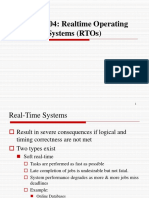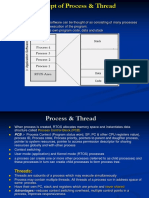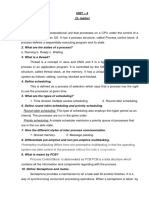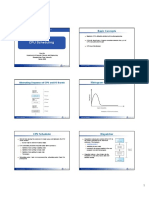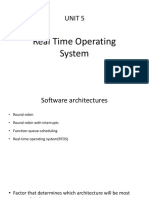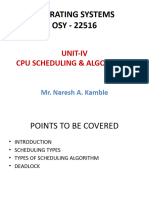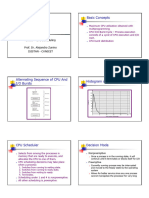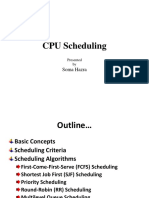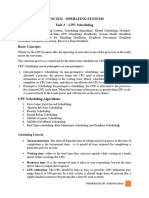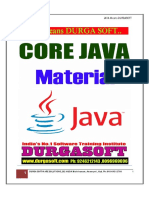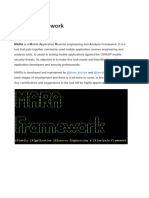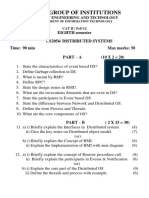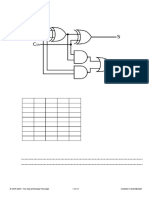0% found this document useful (0 votes)
12 views14 pagesChapter 10 - RTOS2 Multitasking
The document discusses the concepts of multiprocessing and multitasking in operating systems, highlighting the differences between them. It explains various scheduling algorithms, including preemptive and non-preemptive scheduling, and their impact on task execution, waiting time, and turnaround time. Additionally, it emphasizes the importance of scheduling algorithms in optimizing CPU utilization and overall system performance.
Uploaded by
manojsa861854Copyright
© © All Rights Reserved
We take content rights seriously. If you suspect this is your content, claim it here.
Available Formats
Download as PDF, TXT or read online on Scribd
0% found this document useful (0 votes)
12 views14 pagesChapter 10 - RTOS2 Multitasking
The document discusses the concepts of multiprocessing and multitasking in operating systems, highlighting the differences between them. It explains various scheduling algorithms, including preemptive and non-preemptive scheduling, and their impact on task execution, waiting time, and turnaround time. Additionally, it emphasizes the importance of scheduling algorithms in optimizing CPU utilization and overall system performance.
Uploaded by
manojsa861854Copyright
© © All Rights Reserved
We take content rights seriously. If you suspect this is your content, claim it here.
Available Formats
Download as PDF, TXT or read online on Scribd
/ 14



